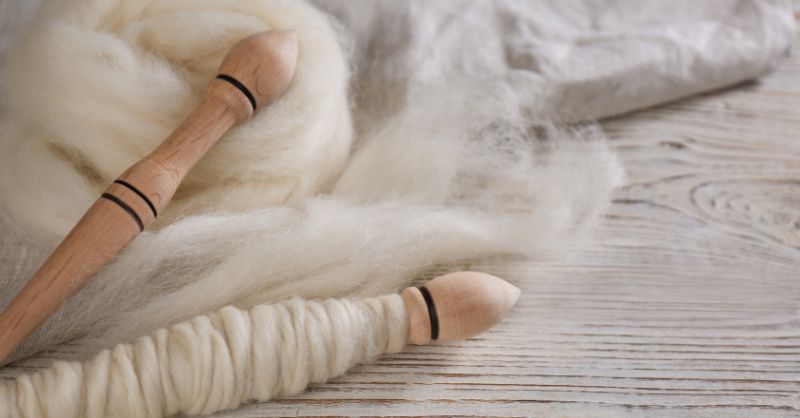Understanding the Properties and Applications of Spun Yarn in Various Industries

Spun yarn, a versatile textile material, plays a crucial role in numerous industries, offering a wide range of applications. From clothing to home textiles, spun yarn is used extensively to create fabrics with diverse characteristics. In this article, we will delve into the properties of spun yarn and explore its production process and applications.
Spun yarn is a type of yarn formed by twisting staple fibers together. It is made by spinning fibers, such as cotton, wool, polyester, or a blend of different fibers, into a continuous strand. The production process involves several stages, including carding, drafting, and spinning, which result in a yarn that is strong, durable, and suitable for various purposes.
One of the key properties of spun yarn is its strength. The twisting process enhances the cohesion and integrity of the fibers, making the yarn resistant to breaking and tearing. This strength is vital for ensuring the durability of fabrics made from spun yarn, allowing them to withstand regular use and washing.
Moreover, spun yarn exhibits excellent breathability, which makes it suitable for clothing and other textile applications.
The twisted structure of the yarn creates tiny gaps between the fibers, allowing air to circulate and moisture to evaporate. This breathability helps in regulating body temperature and providing comfort, especially in warm weather.The versatility of spun yarn extends to its ability to hold dyes and pigments effectively. This property allows for vibrant and long-lasting coloration of fabrics, making them visually appealing. Additionally, spun yarn can be blended with different fibers to enhance specific characteristics. For instance, blending cotton with synthetic fibers can improve the fabric's strength and resistance to wrinkling.
In the realm of fashion, spun yarn finds extensive use in the production of various garments. T-shirts, jeans, dresses, and sweaters are just a few examples of clothing items made from spun yarn. Its strength, breathability, and dye retention properties make it a preferred choice for comfortable and stylish apparel.
The home textiles industry also benefits greatly from the properties of spun yarn. Bedsheets, towels, curtains, and upholstery fabrics are commonly crafted using spun yarn. Its durability ensures these textiles can withstand regular use, while its breathability and dye-holding capacity contribute to the comfort and aesthetic appeal of home furnishings.
Furthermore, spun yarn has significant applications in the automotive sector. It is utilized in the production of upholstery fabrics for car seats, headliners, and door panels. The strength and colorfastness of spun yarn make it ideal for withstanding the wear and tear associated with automotive interiors.
Beyond fashion and home textiles, spun yarn is also used in the manufacturing of industrial fabrics. These fabrics find application in sectors such as agriculture, healthcare, construction, and geotextiles. The strength and durability of spun yarn enable the production of heavy-duty fabrics for industrial purposes, such as tarpaulins, filters, and medical textiles.
Spun yarn possesses several valuable properties that make it a preferred choice in various industries. Its strength, breathability, dye retention, and blending capabilities make it a versatile material for producing fabrics with different functionalities. From clothing to home textiles and industrial applications, spun yarn continues to play a crucial role in the global textile industry, catering to the diverse needs of consumers and businesses alike.
Previous Story
- India targets $100 billion of textiles exports by...
- The Rise of Metallic Yarn Suppliers: Meeting Diverse...
- Exploring the World of Textile Machinery Suppliers: Unveiling...
- Indian Textile Industry Flourishes as Manufacturers Explore Global...
- What makes a sustainable rug? Try natural fibers...
- Z&Z Fabrics introduces Sorona fabric line
- Pakistan’s textile exports catching up with neighboring apparel...
- An overview on global fiber and yarn market